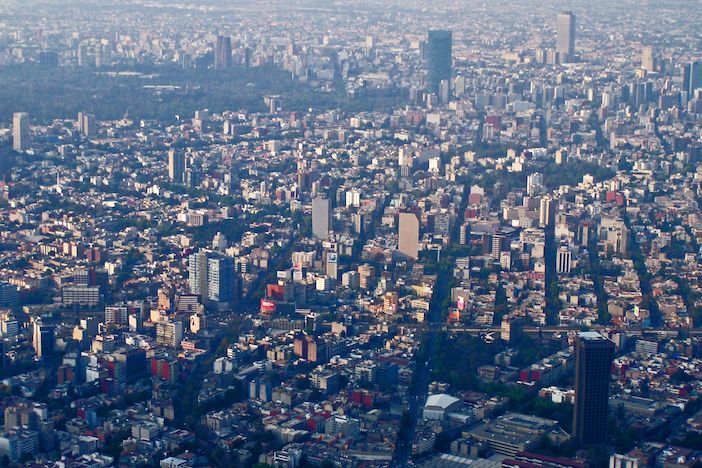Devin de Vries, CEO of Google-backed mobility and data mapping startup WhereIsMyTransport – which has mapped nearly 600,000 miles of formal and informal public transport routes in the world’s fastest-growing cities – gives his opinion on why traditional transit infrastructure isn’t always the best solution in the Covid-19 world
We’ve all seen the comparative photographs on social media of some of the world’s most polluted cities pre- and post-lockdown, illustrating how the onset of the Covid-19 pandemic translated to clear skies for the first time in decades.
The big question then is how to sustain this ‘new normal’. Certainly, cities around the world are taking laudable steps to reduce carbon emissions. As they should. Local pollutants such as particulate matter kill millions globally each year – more than smoking, alcohol, or road accidents, by one estimate.
The scale of this crisis, together with the opportunity of momentarily empty streets due to pandemic, meanwhile, calls for blue-sky thinking. However, I worry that one idea from Mexico City (and it’s not alone in this) could prove counterproductive. Mayor Claudia Sheinbaum Pardo has proposed investing more in the metro system, cleaner buses, light railways and cable cars so that people no longer have to rely on informal – and often dirty and overcrowded – minivans.
Informal public transport is much maligned in this way. It’s easy to see cramped, older vehicles and conclude a replacement is in order. However, this misses many advantages from these informal networks, starting with the environment. Per person, informal transport vehicles release perhaps 4-8 times lower emissions than a private car.[1]
This efficiency also means that informal vehicles provide cheap travel, even to less-dense parts of the city peripheries that metros don’t reach. Mexico City boasts nearly 1,400 informal public transport routes, compared to just 199 formal routes.

This ratio is typical for a large city in an emerging market. In short, informal public transport moves the world’s largest cities. Taking these vehicles off the road would bring the city to a standstill. The people we deem essential – who clean homes, put food on grocery shelves, work in hospitals – rely on this transport.
Of course, Mexico City and many others would do well to invest in expansions to their metro and bus systems. But informal transport should remain part of the mix, often with upgrades of its own. With lighter traffic, commuters on Mexico City’s informal transport system report shorter travel times during the Covid-19 pandemic. Permanently blocking off lanes for use by all public transport – formal or informal – costs little, prioritises disproportionately low-income public transport passengers, and can reduce emissions by encouraging public transport use.
Mexico City’s Metro has relatively cheap construction costs by global standards, but at nearly US$100 million/km, meaningful network expansion is a big lift just as Covid-19 eviscerates government budgets. Buses come cheaper, but they are neither as cheap nor as flexible as the thousands of informal vehicles already blanketing the city.
In most cities, informal transport receives no subsidy at all. Channeling even a fraction of transport spending could mean huge safety and travel-time benefits. On-vehicle cameras for safety, or better vehicle standards with small subsidies to make upgrades, come relatively cheaply, and can improve commuters’ lives immediately.
Indeed, the city has already made some progressive steps to incorporate informal transport. In response to Covid-19, officials have stepped up oversight of sanitation standards, as well as rolling out a subsidy scheme to keep this essential service on the road.
These types of practical solutions, combined with a re-thinking of how we use urban space, can keep cutting pollution in middle- and low-income megacities, while improving the true form of mass transport in Mexico City.
[1] Assuming 11.8 litres/100km fuel consumption for informal public transport vehicle (16 passengers) and 5.9 litres/100km for a private car (2-4 occupants, including the driver).





